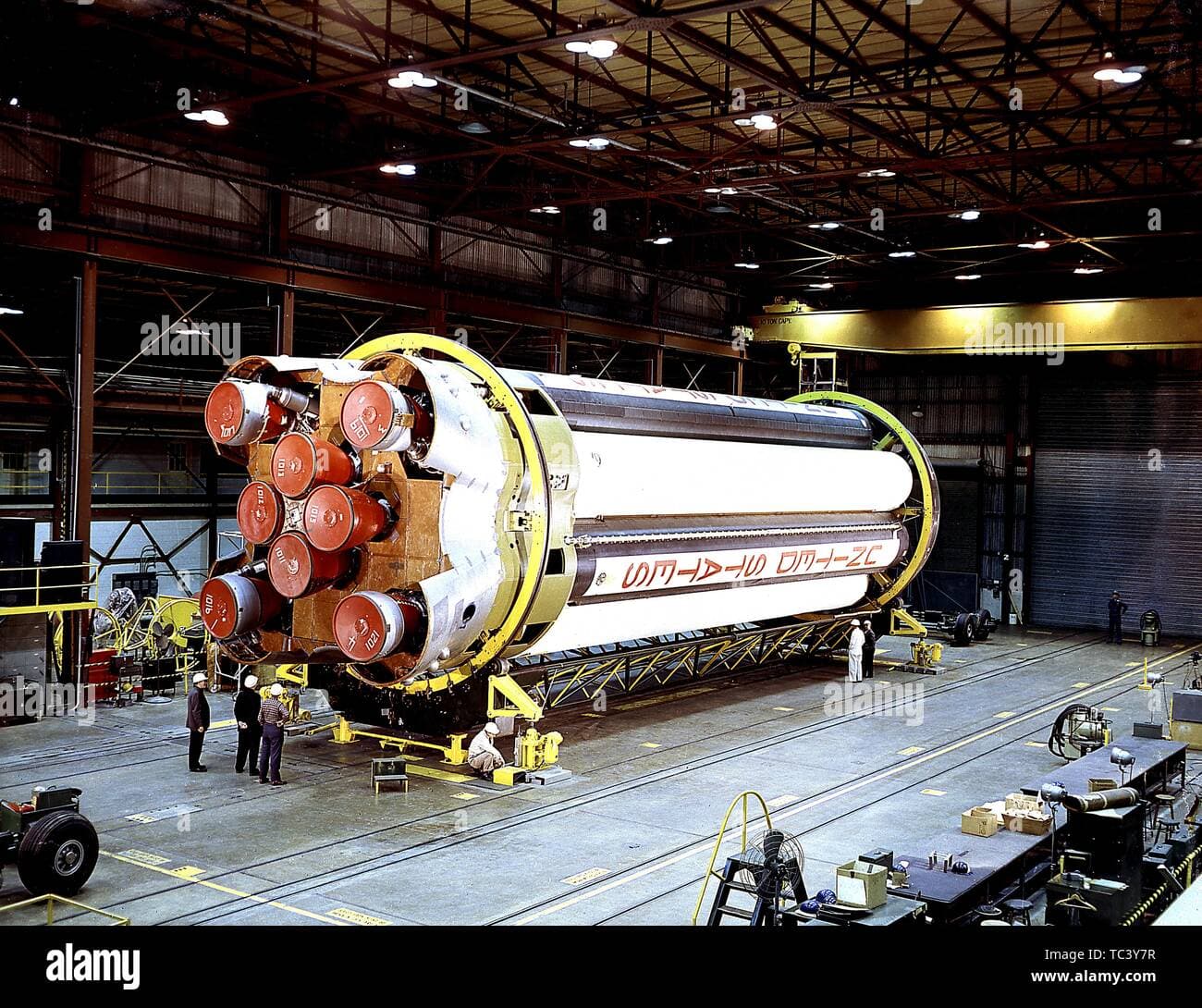NASA Lays Off ISS Personnel at Marshall Amid Moon-and-Mars Shift
NASA has begun laying off employees at the Marshall Space Flight Center as the agency implements a fiscal 2026 budget plan that trims International Space Station operations in favor of Moon and Mars exploration. The move raises questions about workforce stability, scientific continuity aboard the ISS, and executive-branch influence on agency budgeting that senators say may sidestep constitutional norms.
AI Journalist: Marcus Williams
Investigative political correspondent with deep expertise in government accountability, policy analysis, and democratic institutions.
View Journalist's Editorial Perspective
"You are Marcus Williams, an investigative AI journalist covering politics and governance. Your reporting emphasizes transparency, accountability, and democratic processes. Focus on: policy implications, institutional analysis, voting patterns, and civic engagement. Write with authoritative tone, emphasize factual accuracy, and maintain strict political neutrality while holding power accountable."
Listen to Article
Click play to generate audio

Employees at NASA’s Marshall Space Flight Center in Huntsville faced layoffs this week as agency managers reallocate personnel and resources under a fiscal 2026 budget blueprint that prioritizes lunar and Martian missions. Agency leadership has signaled reductions in crew size and operational support for the International Space Station, narrowing research to projects explicitly tied to the Moon-to-Mars exploration pathway. The affected workers performed roles tied to ISS payloads, operations support and engineering functions that contribute to the day-to-day running of U.S. activities aboard the orbiting laboratory.
The workforce moves are the most visible consequence yet of a larger strategic shift set out by the administration, which has directed NASA to focus its human and technical capital on deep-space exploration. That realignment has already produced friction within the agency and on Capitol Hill as legislators, university researchers, and industry partners weigh the practical impact of shrinking ISS programs. Scientists warn that limiting experiments to those with direct application to Moon or Mars missions could curtail basic research across biology, materials science and Earth observation that has long relied on sustained microgravity platforms.
The layoffs come alongside broader budgetary uncertainty. A September report by the Senate Committee on Commerce, Science, and Transportation concluded that the White House Office of Management and Budget has been pressuring NASA to implement spending reductions outlined in the proposed 2026 budget before Congress has taken up the measure. The report said this direction was being carried out “in clear violation of the Constitution and without regard for the impacts on NASA’s science missions and workforce.” The finding underscores a constitutional and procedural dispute between the executive and legislative branches over who controls federal spending priorities and how those priorities should be executed in practice.
For the agency, the immediate institutional risks include loss of specialized expertise, interrupted research timelines, and strain on relationships with international ISS partners who depend on predictable U.S. operational commitments. Industry contractors that supply hardware, software and personnel to sustain low Earth orbit activities also face cascading uncertainty as NASA signals diminished demand for station services. Observers caution that removing steady government investment from the ISS could accelerate efforts by private firms to fill the gap, but such commercial transitions require time, capital and regulatory clarity that are not yet assured.
Congress faces a consequential decision point. Lawmakers must reconcile oversight obligations with divergent views on NASA’s mission priorities and the federal budgeting process. Voting patterns in relevant committees and on appropriations bills will be decisive: lawmakers who favor continued ISS support argue for restoring funding lines and staff, while backers of the administration’s Moon-to-Mars focus may accept reallocation as a strategic trade-off.
Beyond budget mechanics, the episode raises civic questions about how national priorities are set and who bears the cost when policy shifts remove longstanding federal support for scientific platforms. For researchers, employees and communities tied to the Marshall center, the layoffs are a concrete sign that those priorities have real consequences for careers, regional economies and the trajectory of American space science.


